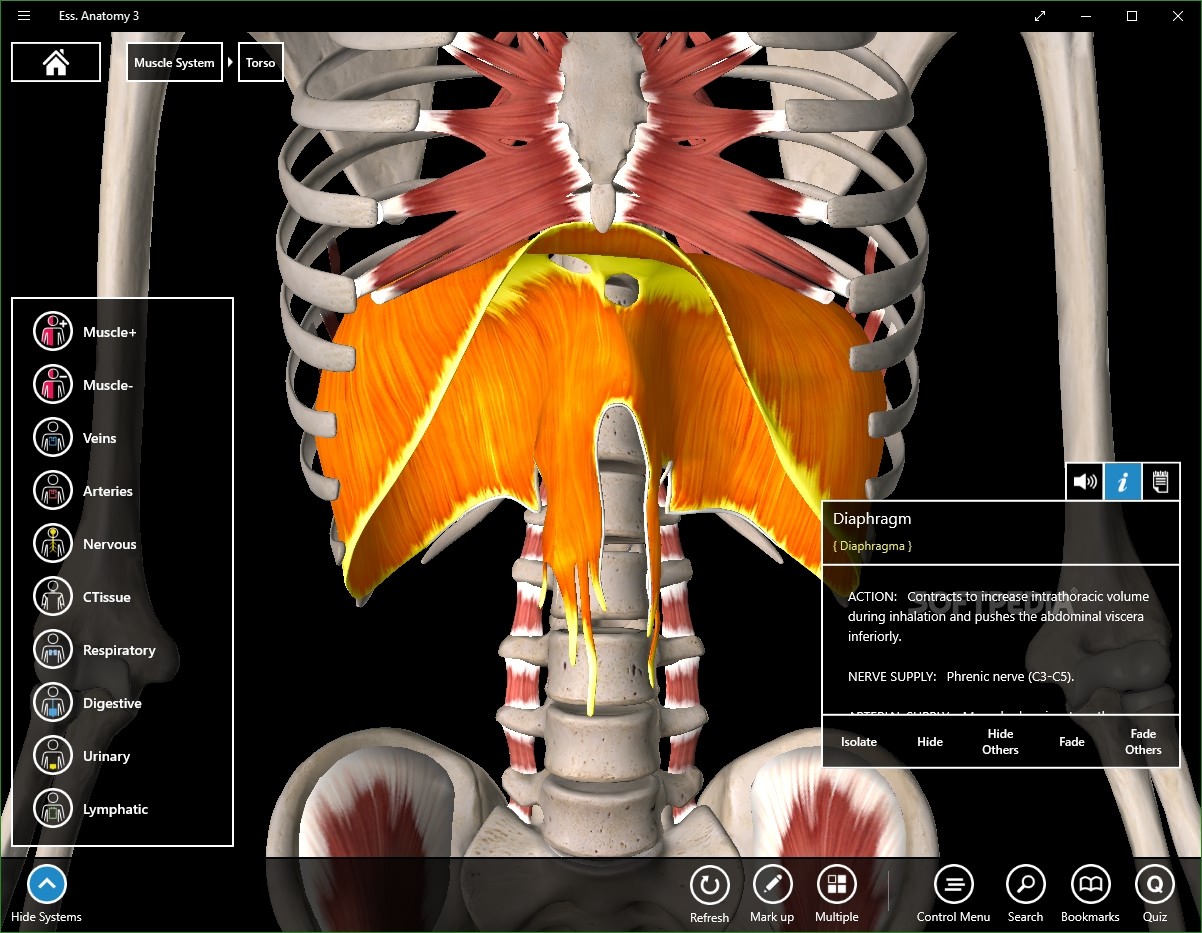

The theory is that there are specialized cells or groups of cells that learn to respond to particular objects this would allow for the immediate recognition of things seen previously. The former is often described as being concerned with object recognition while the latter focuses on spatial tasks and visual-motor skills.Īs visual information disseminates throughout the brain, more specialized cells are present.

Information leaving the second visual area splits into the dorsal and ventral streams, which specialize in processing different aspects of visual information. V2 sends feedback connections to V1 and has feedforward connections with V3-V5. Researchers have recorded cells in this region responding to differences in color, spatial frequency, moderately complex patterns, and object orientation. V2 receives integrated information from V1 and subsequently has an increased level of complexity and response patterns to objects. The summation of this information provides the foundation for more complicated pattern recognition later in the visual stream. V1 responds to simple visual components such as orientation and direction. Complex cells, on the other hand, can be found in layers 2, 3, and 6.

Layer 4 is also the layer that has the highest concentration of simple cells. Notably, layer 4 is the location that receives information from the lateral geniculate. V1 is divided up into six distinct layers, each comprising different cell-types and functions.

V1 is the first of the cortical regions to receive and process information and also the best-understood portion of the visual cortex. Other examples of specialized cells include end-stopped cells, which detect line endings, and bar and grating cells. Also, complex cells respond preferentially to movement in specific directions. Instead, they respond to the summation of several receptive fields that become integrated from many simple cells. Complex cells, which occur in V1-V3, are like simple cells in that they respond to edges and orientations, but they do not appear to represent a single receptive field. Simple cells, which are found mostly in V1, respond to specific types of visual cues such as the orientation of edges and lines. One of the best-studied examples of specialized cells is that of simple and complex cells. Neurons in the visual cortex often respond to stimuli within a fixed receptive field, the area of the visual field that they respond to, and the neurons in each visual area respond to different types of stimuli. The hypothesis is that as visual information gets passed along, each subsequent cortical area is more specialized than the last. The visual cortex subdivides into five different areas based on structural and functional classifications. The primary function of the visual cortex is to process visual information. However, since visual processing is mostly an unconscious process, it can lead to misinterpretations of visual data, which are demonstrated by the efficacy of visual illusions.
#ESSENTIAL ANATOMY 3 V1.1.0 FREE#
One advantage of this specialization is that other cortical regions are free to perform other computations such as those responsible for executive functioning and decision making. This process is highly specialized and allows the brain to recognize objects and patterns quickly without a significant conscious effort. The processed information from the visual cortex is subsequently sent to other regions of the brain to be analyzed and utilized. The primary purpose of the visual cortex is to receive, segment, and integrate visual information. In other words, the right cortical areas process information from the left eye, and the left processes information from the right eye. Įach hemisphere has its own visual cortex, which receives information from the contralateral eye. V1 is also known as the primary visual cortex and centers around the calcarine sulcus. This information then leaves the lateral geniculate and travels to V1, the first area of the visual cortex. Visual information from the retinas that are traveling to the visual cortex first passes through the thalamus, where it synapses in a nucleus called the lateral geniculate. The visual cortex divides into five different areas (V1 to V5) based on function and structure. It is in the occipital lobe of the primary cerebral cortex, which is in the most posterior region of the brain. The visual cortex is the primary cortical region of the brain that receives, integrates, and processes visual information relayed from the retinas.


 0 kommentar(er)
0 kommentar(er)
